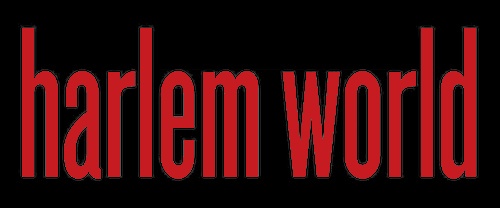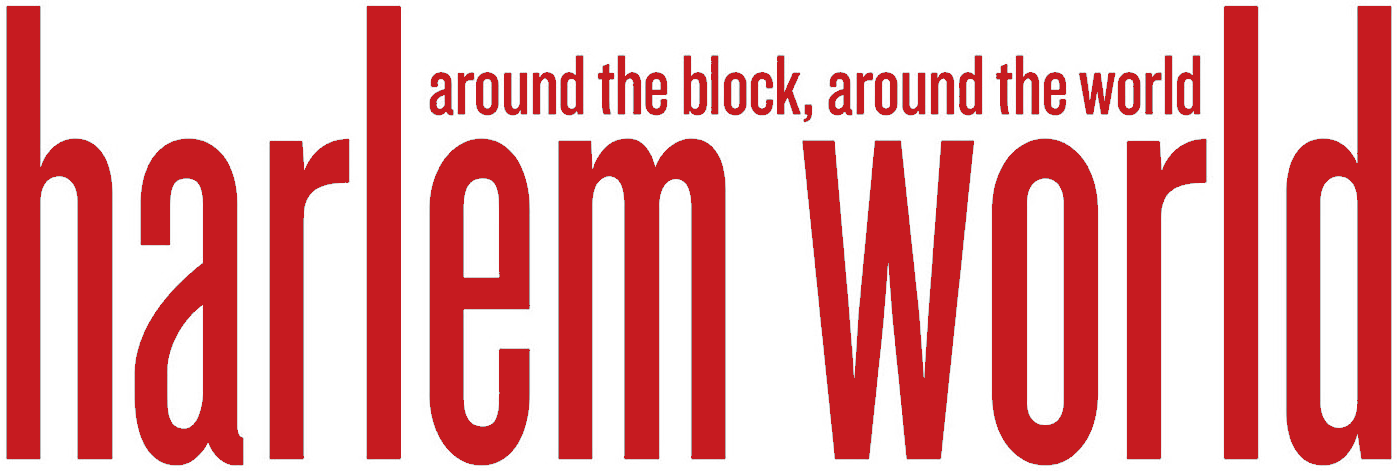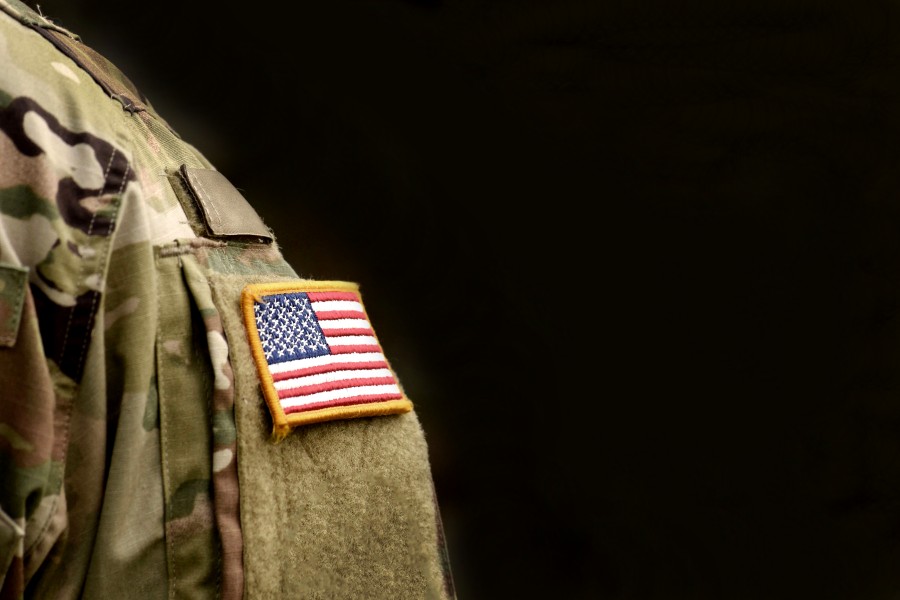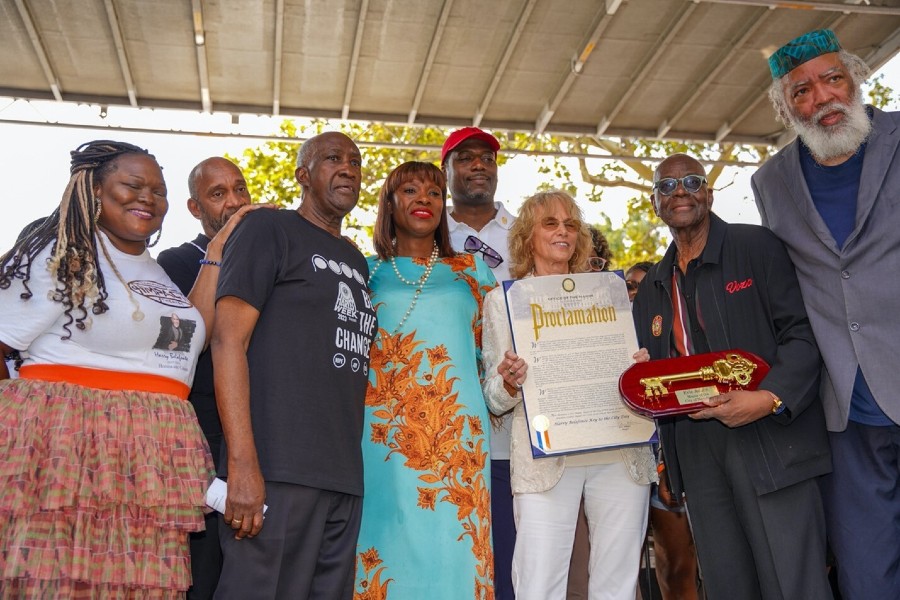 The Guardian reports that growing up in New York, photographer Joseph Rodriguez would take the subway from Brooklyn to East Harlem, where his uncle had a sweet shop, to spend time with the community (Rodriguez is of Puerto Rican and Venezuelan descent).
The Guardian reports that growing up in New York, photographer Joseph Rodriguez would take the subway from Brooklyn to East Harlem, where his uncle had a sweet shop, to spend time with the community (Rodriguez is of Puerto Rican and Venezuelan descent).
‘This is at Johnny Colón’s music school in Spanish Harlem, where kids from all over the borough would go. Watching a young man getting excited about music is what I love most about this image.’
‘This was a very hard, very poor, very tough block at the time, but what’s important to me is the sense of dignity that these boys have by putting on a suit. The boy on the left can’t even afford a tie but he still wears a suit. This is where I started to understand what the word “respect” means to people.’
He spent five years “sitting down at kitchen tables and listening to people’s stories”; the photographs he took are collected in Spanish Harlem: El Barrio in the 80s, published on 21 November by PowerHouse Books. “The only time local newspapers mentioned El Barrio was when crimes were committed,” says Rodriguez. “I knew I had to spend time to try and break these stereotypes. It’s important to show how that era was for people, to show their grit and resilience against social injustice.”
Check the entire article and photographs here
Related articles
- Who’s On The Ballot For Next Week’s Primary Elections That Can Effect Harlem (harlemworldmag.com)
- East Harlem Fire Sends 2 to Hospital with Burns (harlemworldmag.com)
- Support Removal Of The Harlem Statue Of Dr. J. Marion Sims Experimented On Enslaved Black Women – Harlem World Magazine (harlemworldmag.com)
Become a Harlem Insider!
By submitting this form, you are consenting to receive marketing emails from: Harlem World Magazine, 2521 1/2 west 42nd street, Los Angeles, CA, 90008, https://www.harlemworldmagazine.com. You can revoke your consent to receive emails at any time by using the SafeUnsubscribe® link, found at the bottom of every email. Emails are serviced by Constant Contact










